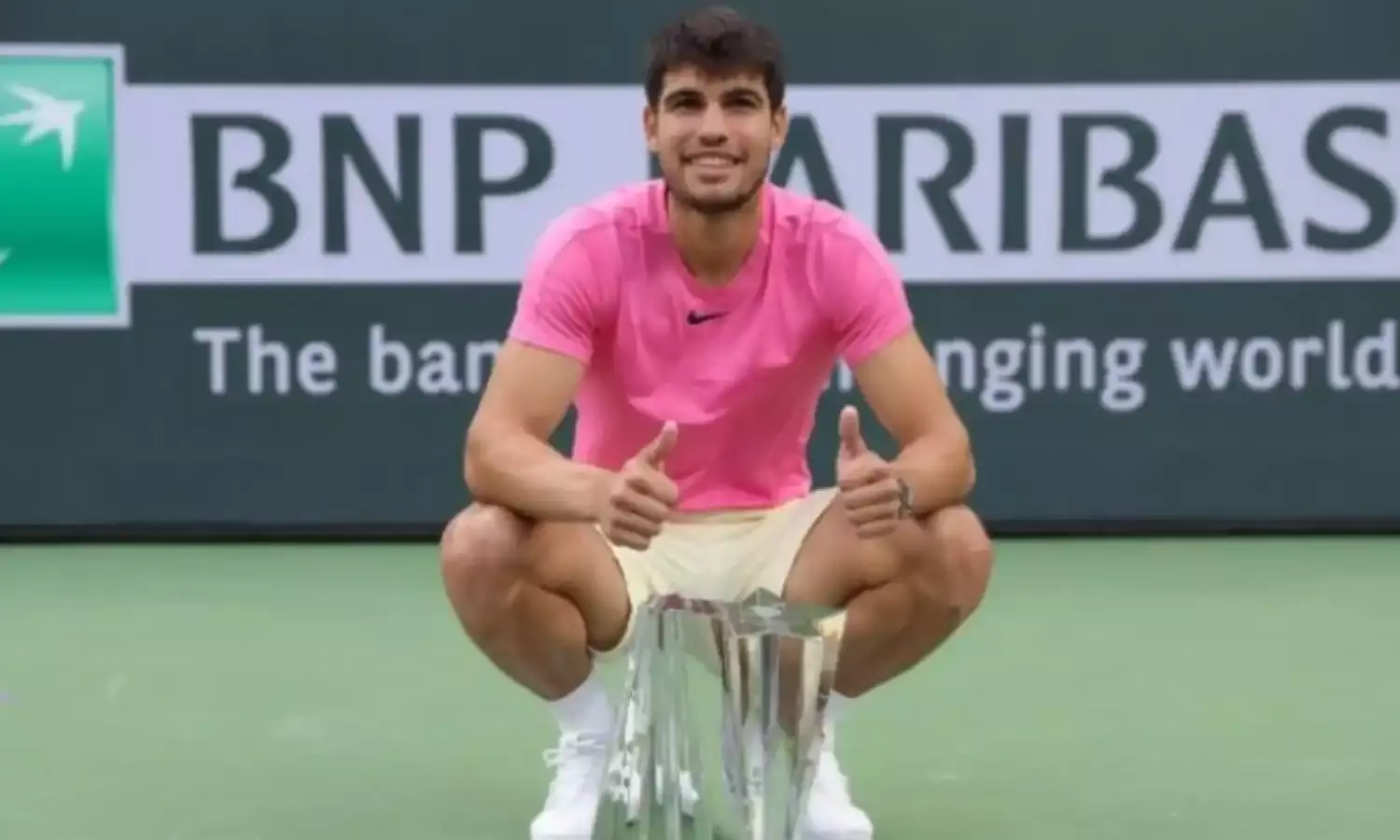GenNext Could End Reign Of The Big Three This Year
Novak Djokovic is still going strong, Rafael Nadal is injured, Roger Federer is retired
For long, there was this fascinating duel for supremacy around the ATP circuit between ‘The Big Three’, and the quartet of Gen-Next players. Messrs Roger Federer, Rafael Nadal and Novak Djokovic seemed to be always just ahead of the quartet comprising Daniil Medvedev, Alexander Zverev, Stefanos Tsitsipas and Dominic Thiem thanks mainly to their record in Grand Slam events.
Since last year there has been a change in the overall script. Federer has retired, Nadal, bothered by injuries has slipped badly in the rankings. Currently he is No 13, the first time he has been out of the top ten after 18 successive years. His last Grand Slam title was at the French Open last year. Given the fact that he will be 37 in June and with the field highly competitive it is difficult to see even this supremely fit and agile athlete make it back to the top ten.
Djokovic is the only one among the Big Three still going strong. The fact that he won the Australian Open this year equaling Nadal’s all time record of 22 Grand Slam singles titles is proof of this. Further proof was provided with him regaining the No. 1 spot in the rankings thanks to this triumph. Currently he is No. 2 and it is a tribute to the Serb’s skill, superior court craft and never say die spirit that one can never write him off even if he turns 36 in May. Certainly a record breaking 23rd Grand Slam title is not beyond him.
But if there is a change in the composition of the Big Three there is a metamorphosis in the composition of the GenNext players. Among the original quartet Thiem is nowhere in the picture having slid to 96 in the rankings. Zverev’s inconsistency has been his bane with the result that he has fallen to No. 15.
Tsitsipas and Medvedev are, however, still making their presence felt, certified by their rankings that have them at No. 3 and No. 5 respectively. But the point to note is that there are several talented players who now constitute GenNext.
In the past couple of years Casper Ruud, Andrey Rublev, Holger Rune, Felix Augur-Aliassime, Taylor Fritz and Jannik Sinner have all made giant strides to be ranked in the top ten.
There is little doubt, however, that the leader of the GenNext is Carlos Alcaraz. A sensational run last year by the 19-year-old Spaniard saw him end the year at the top of the rankings. It was a stupendous feat for at the start of the year he was ranked 35 and there was no indication of him making much of an impact in a hotly competitive field. But he just went from strength to strength during the season pulling off one incredible achievement after another.
Alcaraz’s golden phase commenced last year in mid-season when a day after his 19th birthday at the Madrid Open he shocked five-time champion Nadal in the quarterfinal becoming the first teenager to defeat him on clay. The following day he went on to beat the world No. 1 and top seed Djokovic in the semifinals for his sixth straight top ten win, becoming the youngest player to win a match against a world No 1 since 2004.
He also became the first player to beat both Nadal and Djokovic in back to back matches on clay. In the title clash he defeated world No. 3 Zverev thereby defeating the top three seeds in three consecutive matches.
The prodigiously gifted Spaniard’s superb run culminated in his remarkable triumph at the US Open that saw him climb to the No. 1 spot in the rankings, quelling the challenge from Ruud in the final. Interestingly enough both Alcaraz and Ruud were in the running for the No 1 ranking depending on the result. At 19 years, four months and six days Alcaraz became the youngest No 1 in the history of ATP rankings established in 1973. He also became the first teenager in the Open era to top the rankings and the youngest US Open champion since Pete Sampras in 1990.
This year, however, did not start well for Alcaraz. He withdrew from the Australian Open after abdominal and hamstring injuries, losing the No. 1 ranking to Djokovic. He returned to the ATP Tour in February in Buenos Aires where he won his first title since last year’s US Open and made the Rio final before withdrawing from Acapulco with a strained hamstring.
But he was simply outstanding at the just concluded Masters 1000 event at Indian Wells. In six matches he did not drop a set towards winning the title, a feat last achieved by Federer in 2017. When he won his third round match it was his 100th career win making him the second fastest player to reach this milestone after John McEnroe and faster than any of the Big Three. In his last three matches he defeated Auger-Aliassime, Sinner and Medvedev and as a result returned to the No. 1 spot in the ATP rankings.
Alcaraz who turns 20 in May credits his comeback to self-belief, “I began the season well but struggled a lot with injuries. Two injuries in the legs in four months it was tough to stay strong mentally. I missed some tournaments I wanted to play but I worked really hard with my team. I believe in myself and what I am doing right now and I would say that is the most important thing. It means a lot to me to recover the No 1 ranking.”
And that’s where he is likely to stay for a long time. Yes and thanks mainly to Alcaraz 2023 could well see GenNext ending the reign of the Big Three.





